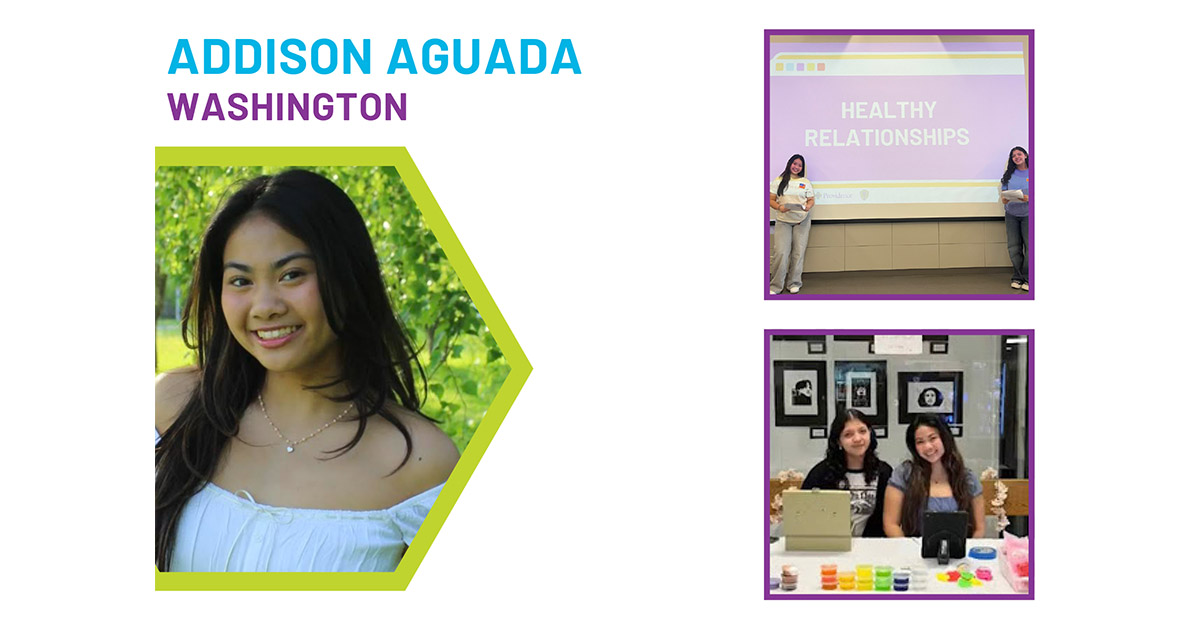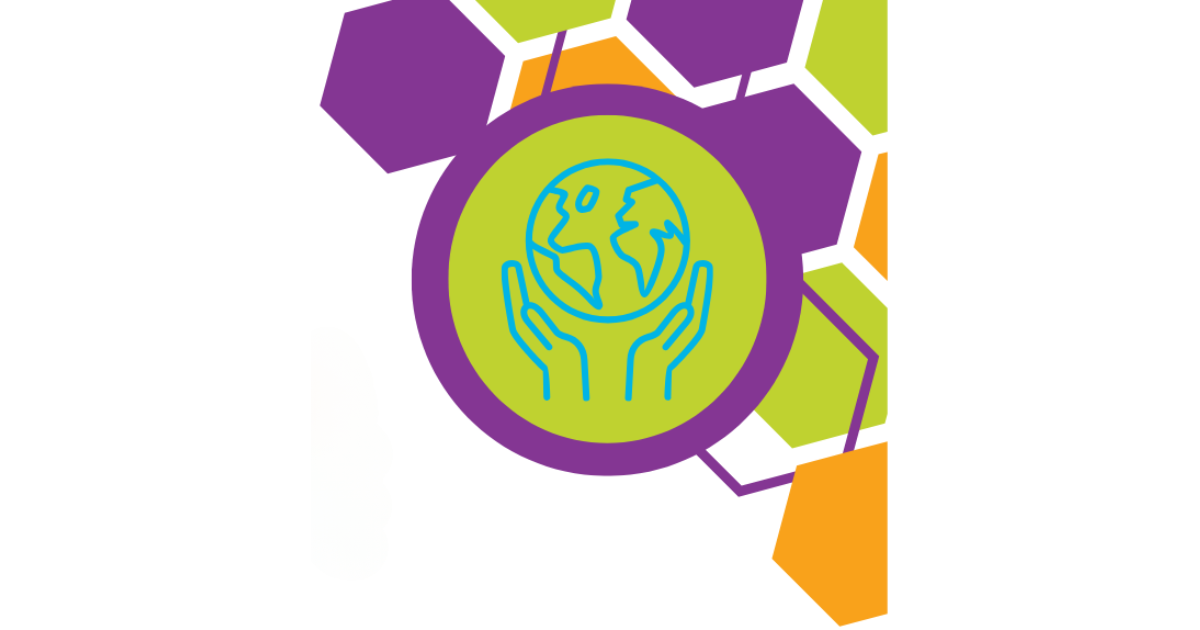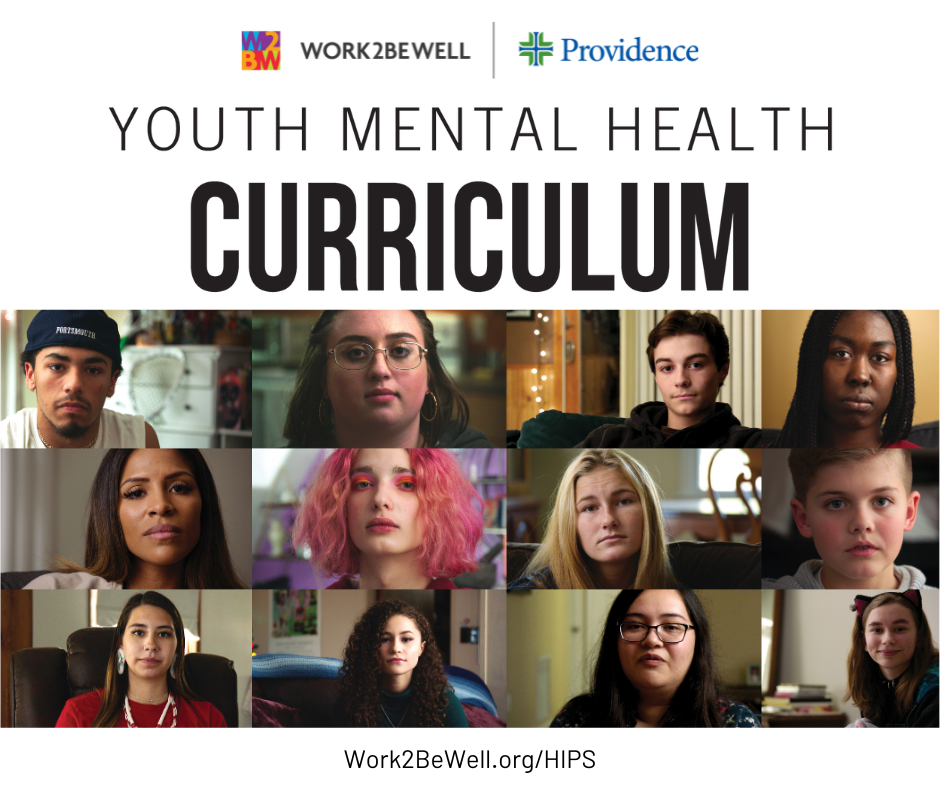Every April the National Sexual Violence Resource Center (NSVRC) sponsors a Sexual Assault Awareness Month campaign, #SAAM, designed to educate, to empower survivors, and to help prevent sexual violence across the country. This year the campaign, dubbed “I Ask”, focuses on the ways we talk (and don’t talk) about consent, and encouraging people to do better.
Let’s raise awareness by spreading the facts. Below you will see a snapshot of sexual assault in the United States the scope of the problem, the cost of sexual assault on victims and on the nation as a whole, sexual assault reporting and criminal justice, as well as resources for survivors.
1. Scope
Although we are making strides in reducing sexual violence, it remains one of the most common crimes in the country.
- In America, every 92 seconds, a person is sexually assaulted
- One in five women and one in 71 men will be raped at some point in their lives
- In the U.S., one in three women and one in six men experienced some form of contact sexual violence in their lifetime
- We ARE making progress. The rate of sexual assault and rape has fallen 63% since 1993, from a rate of 4.3 assaults per 1,000 people in 1993, to 1.2 per 1000 in 2016
2. Impact
The consequences of sexual assault extend further than many realize, both in regard to the mental, emotional and physical health of the survivors, as well as the economic burdens of their recovery. The costs of sexual violence also extend beyond the survivors; sexual violence costs the nation more than any other crime.
- The lifetime cost of rape per victim is $122,461
- Annually, rape costs the U.S. more than any other crime ($127 billion), followed by assault ($93 billion), murder ($71 billion), and drunk driving, including fatalities ($61 billion)
- Approximately 70% of rape or sexual assault victims experience moderate to severe distress, a larger percentage than for any other violent crime.
3. Criminal justice and Reporting
While sexual assault is one of the most common crimes committed in the country and the costliest, it is also the crime that is most under-reported, and prosecuted with the least success.
- Perpetrators of sexual violence are less likely to go to jail or prison than other criminals
- The prevalence of false reporting is low between 2% and 10%
- More than half of all convicted rapists were convicted of a prior offense
4. Resources
If you or someone you care about are a survivor of sexual violence, there are many organizations that can help. RAINN (Rape, Abuse & Incest National Network) is a perfect place to begin the search for resources and recovery.
RAINN has a National Sexual Assault Telephone Hotline that can be reached at 800.656.HOPE (4673)
Calling the National Sexual Assault Hotline gives you access to a range of free services including:
- Confidential support from a trained staff member
- Support finding a local health facility that is trained to care for survivors of sexual assault and offers services like sexual assault forensic exams
- Someone to help you talk through what happened
- Local resources that can assist with your next steps toward healing and recovery
- Referrals for long term support in your area
- Information about the laws in your community
- Basic information about medical concerns
Join the conversation on social media, by using the hashtags #BeWell, #BeHeard, and #BeThere, and by using this year’s hashtags from the Sexual Assault Awareness Month campaign, #SAAM and #IAsk.



